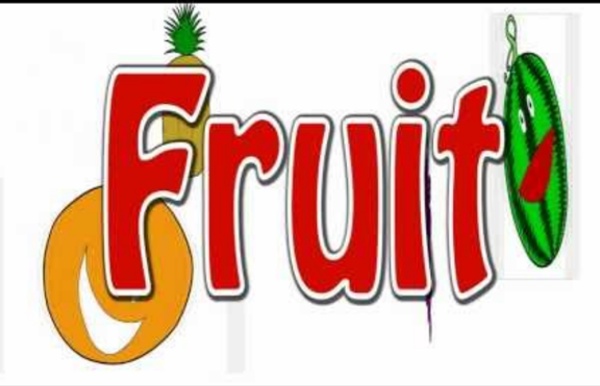



Beyond the Worksheet: Playsheets, GBL, and Gamification Game-based learning (GBL) and gamification are hot topics in education. These terms are often used interchangeably, but they actually describe different phenomena. GBL is when students play games to learn content. Gamification is the application of game based elements to non-game situations. Playing games can give students context for what they are learning. More and more students today have access to technology in the classroom. What is a Playsheet? There are different types of games that students can play on a device. Playsheets fall in between GBL and gamification. The games on Khan Academy are a popular example of what playsheets can be. The website Quia contains games that mimic popular games such as Battleship and Jeopardy. 5 Benefits to Using Playsheets in the Classroom Most math games created for the tablet devices are playsheets. Here are five benefits to using playsheets in the classroom. Engagement: Students are engaged in their learning.
Garden-Based Learning Schools and community gardens are living classrooms with great potential for learning. In How to Grow a School Garden, Arden Buck-Sporer and Rachel Kathleen Pringle cite the following: Numerous studies point to school gardens as a means of improving academic achievement, promoting healthy lifestyles, demonstrating the principles of stewardship, encouraging community and social development, and instilling a sense of place. In addition, gardens are places where students can connect with global issues through the natural resources of earth, advance community development efforts through neighborhood beautification, and leave their green-print in our ecosystem. Below are practical, feasible ideas for you to begin growing these benefits in your community. Academic Enrichment A study from Rutgers Cooperative Extension, Learning Through the Garden, shows that gardens can function as living laboratories. Here are some activity examples that could be used in a gardening unit: Program Management
Dialogue Circles and Positive Classroom Culture Overview Promoting Positive Behavior Dialogue circles are gatherings in which all participants sit in a circle facing each other to facilitate open, direct communication. Dialogue circles provide a safe, supportive space where all school community members can talk about sensitive topics, work through differences, and build consensus. At Glenview Elementary School, circles are part of a program called Restorative Justice, which is aimed at building collaboration, respect, and positive behavior among students. How It's Done Starting the Day on a Positive Note Dialogue Circles were put to use in classrooms at Glenview after the teachers had experience using the technique with their peers. After two years, the school experienced a discipline shift as staff worked together to address misbehavior through community-building instead of punishment. Check-In Circles Check-In circles are a great way to start the day by inviting students to share their feelings and listen to others. Peacemaking Circles
Critical Thinking Toolbox: How to Brainstorm Considering a lot of bad ideas before we get to a good one is how brainstorming works. We start by opening our minds and assuming that a lot of failures will be part of the process. Brainstorming is simple and natural. However, when groups of people collaboratively brainstorm, we can have wildly different experiences -- from awesome idea-generating sessions to complete chaos. We have provided some tips to helps your students enhance their brainstorming skills. Make the prompts clear and simple:"What should we name our classroom pet?"" You see, brainstorming is a tool that you can use to develop critical thinking. 2. When brainstorming -- thinking creatively -- our brains function at maximum capacity. 3. Somebody needs to be in charge of writing ideas down and keeping the group focused. Everyone should suggest ideas. Rabbit trails are OK, but they should always lead back to the topic. 4. When people focus on creating ideas, it is a very exhilarating activity. 5. 6.
Alimentazione e falsi miti: la parola agli esperti Ripartono da Trieste, dopo la pausa estiva, i Grandi incontri di Focus, le live conference di Panorama d’Italia giunte quest’anno alla quarta edizione. Nel primo appuntamento Valentina Bolli (dietista) e Carla Lertola (medico specialista in scienza dell’alimentazione) guidati dal direttore di Focus Jacopo Loredan, hanno parlato di corretta alimentazione e diete [Qui potete rivedere tutta la diretta dell'incontro]. L’evento è stato guidato dalle domande del pubblico in sala: gli esperti hanno sottolineato l’importanza di una dieta equilibrata e hanno rimarcato il rischio di quelle squilibrate come le iperproteiche. Che oltretutto non garantiscono risultati stabili nel lungo periodo ed espongono all’effetto yo-yo (min 0'28" del video qui sopra) Diete senza fretta. E il caffè? Variare sempre. La psicologia a tavola. Da recenti studi per esempio, è emerso che un piatto rosso può stimolare l’appetito più di un piatto bianco, per questo è meglio evitarli se si è a dieta. La bufala nel piatto.